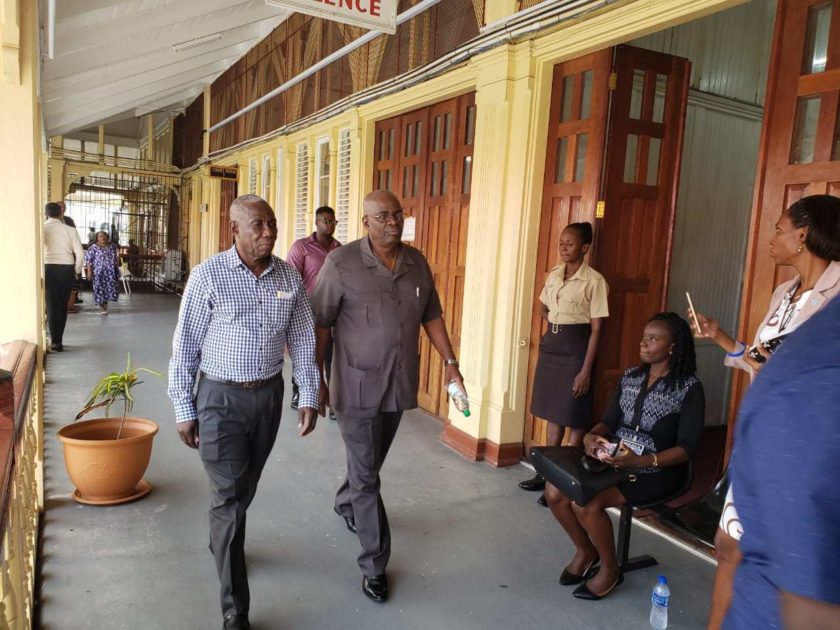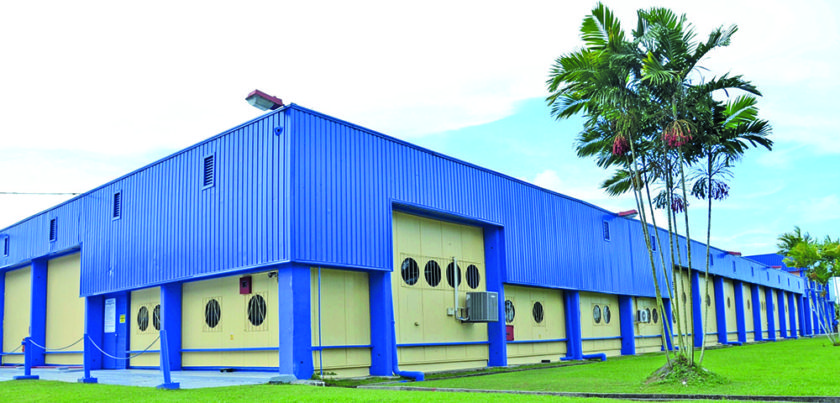Guyanese can expect a decrease in the overall tariff that they have to pay for electricity while enjoying an improved level of service from the Guyana Power and Light (GPL) Inc once the Amaila Falls Hydro Power Project comes on stream in 2017. This is according the company’s chairman Winston Brassington who said that the project financing is in its final stages of approval.




